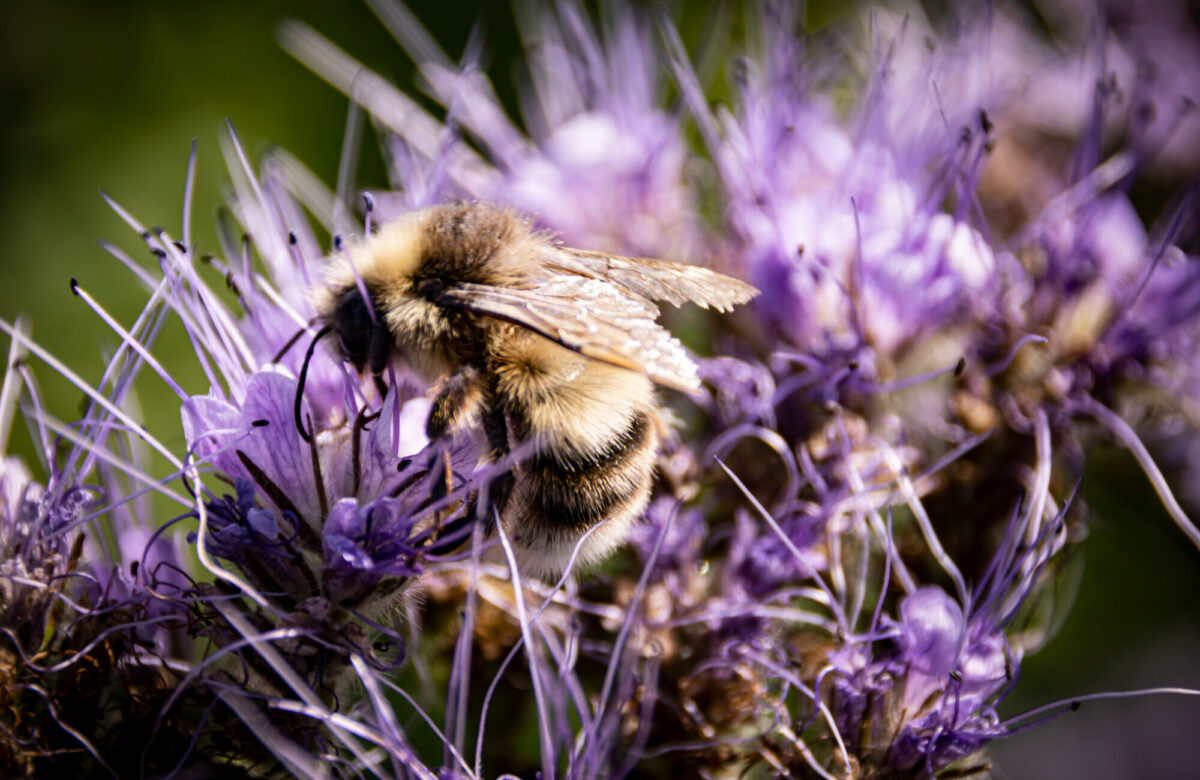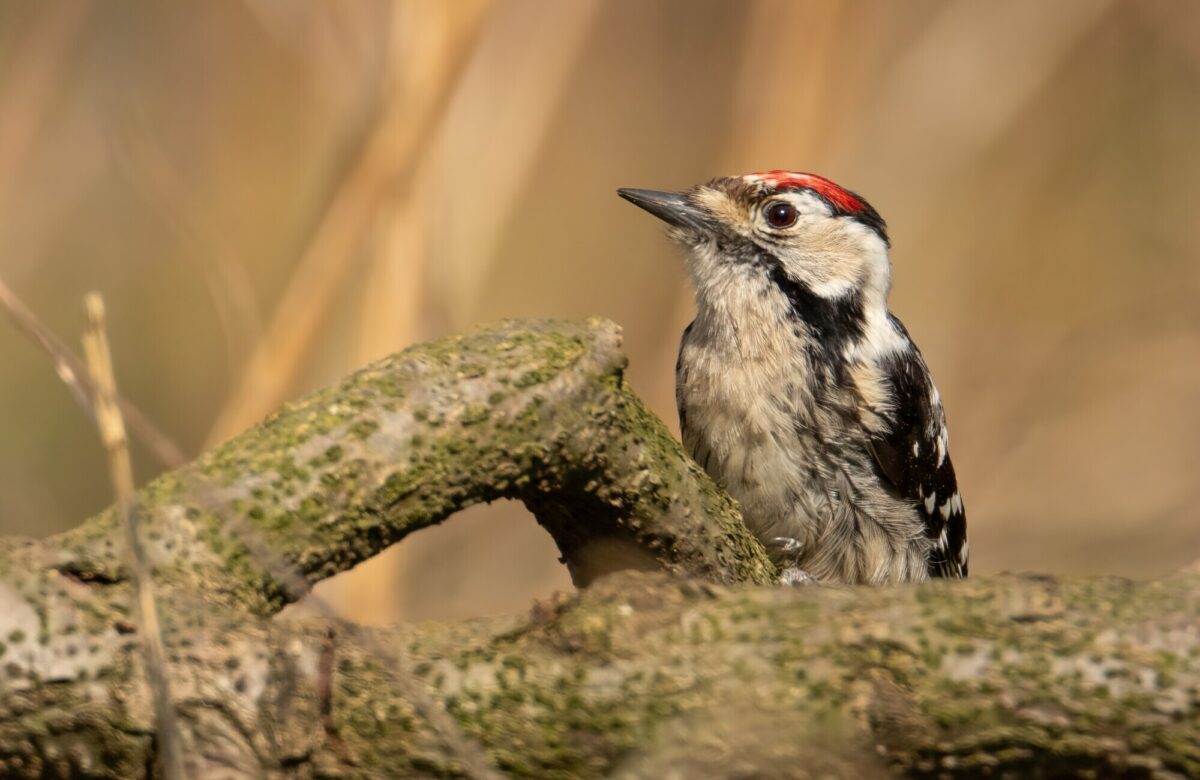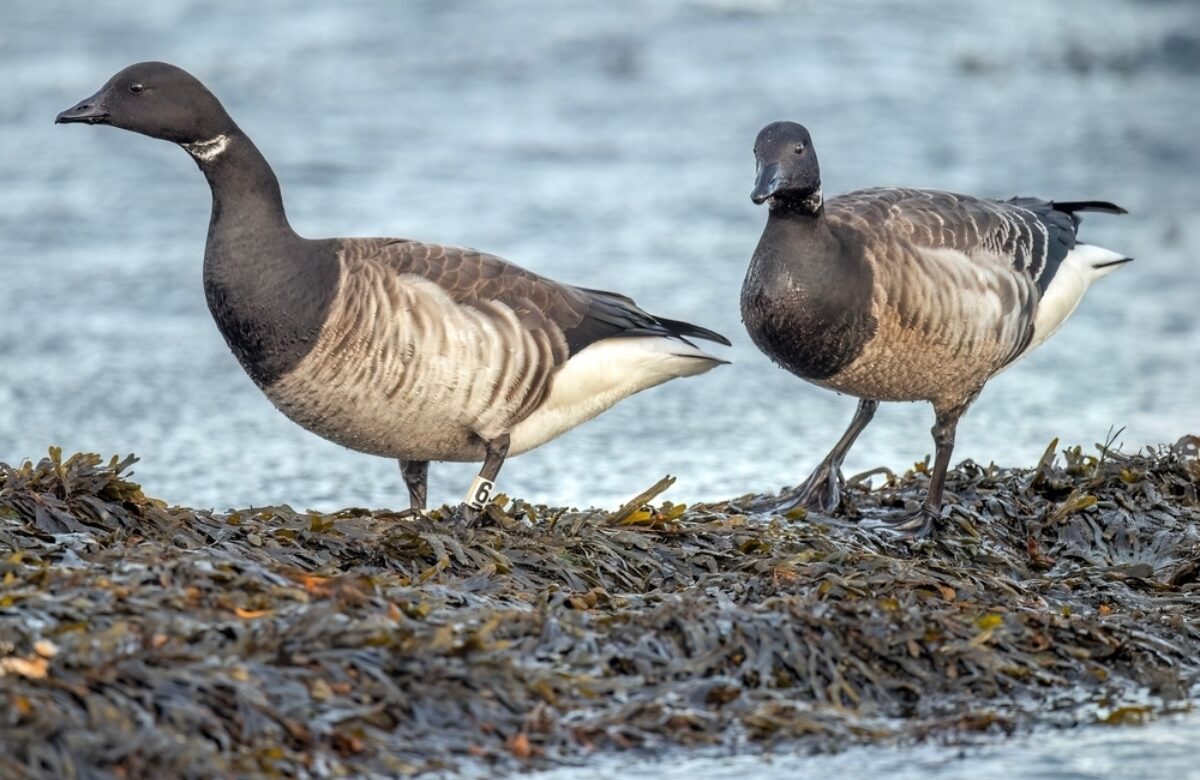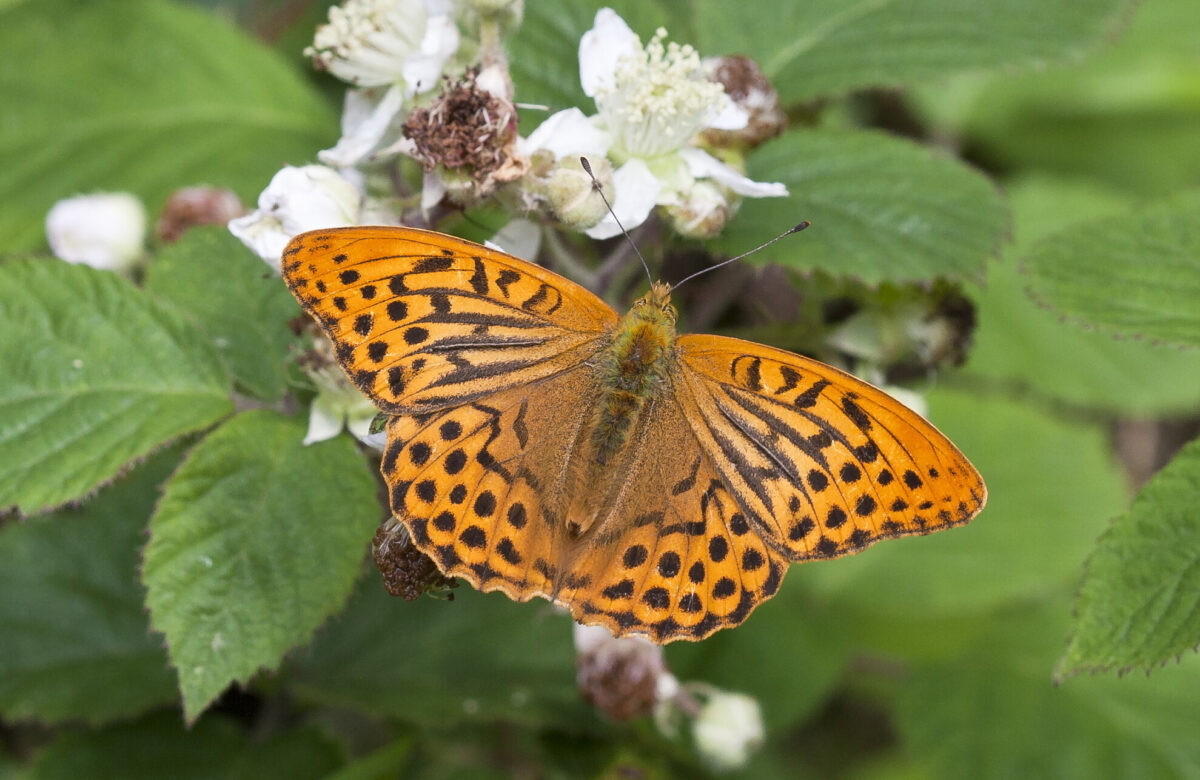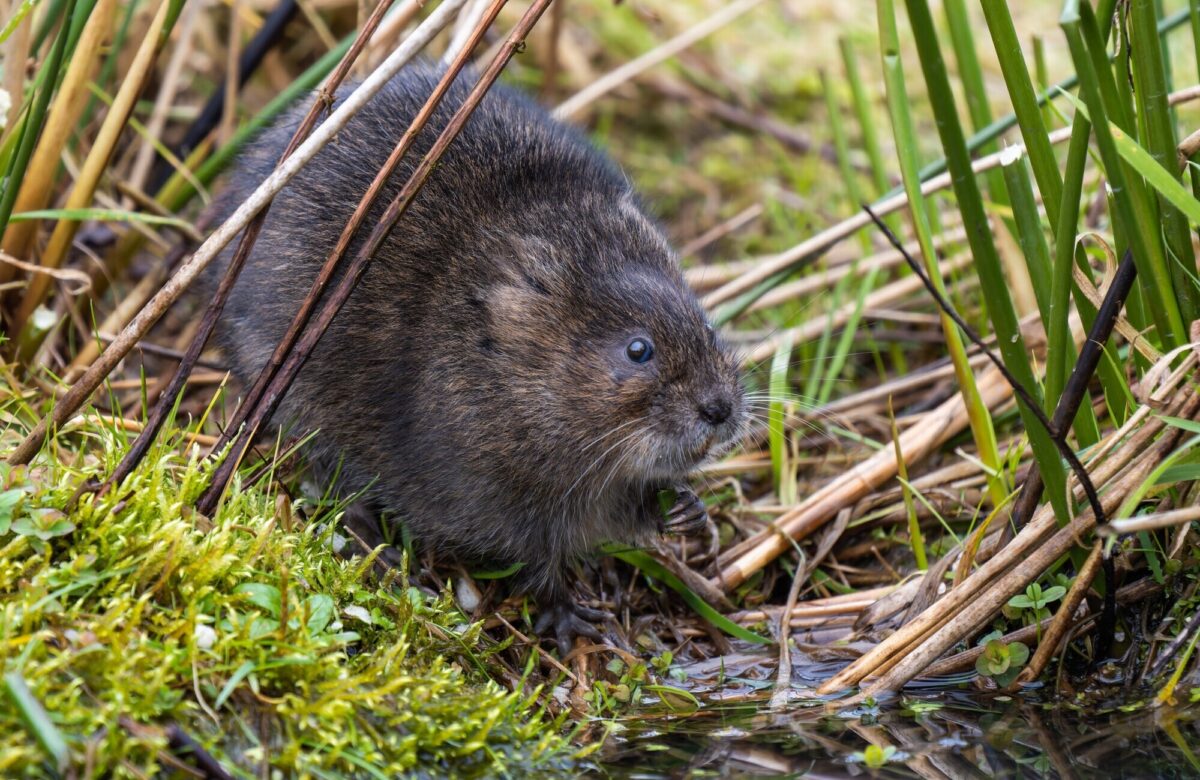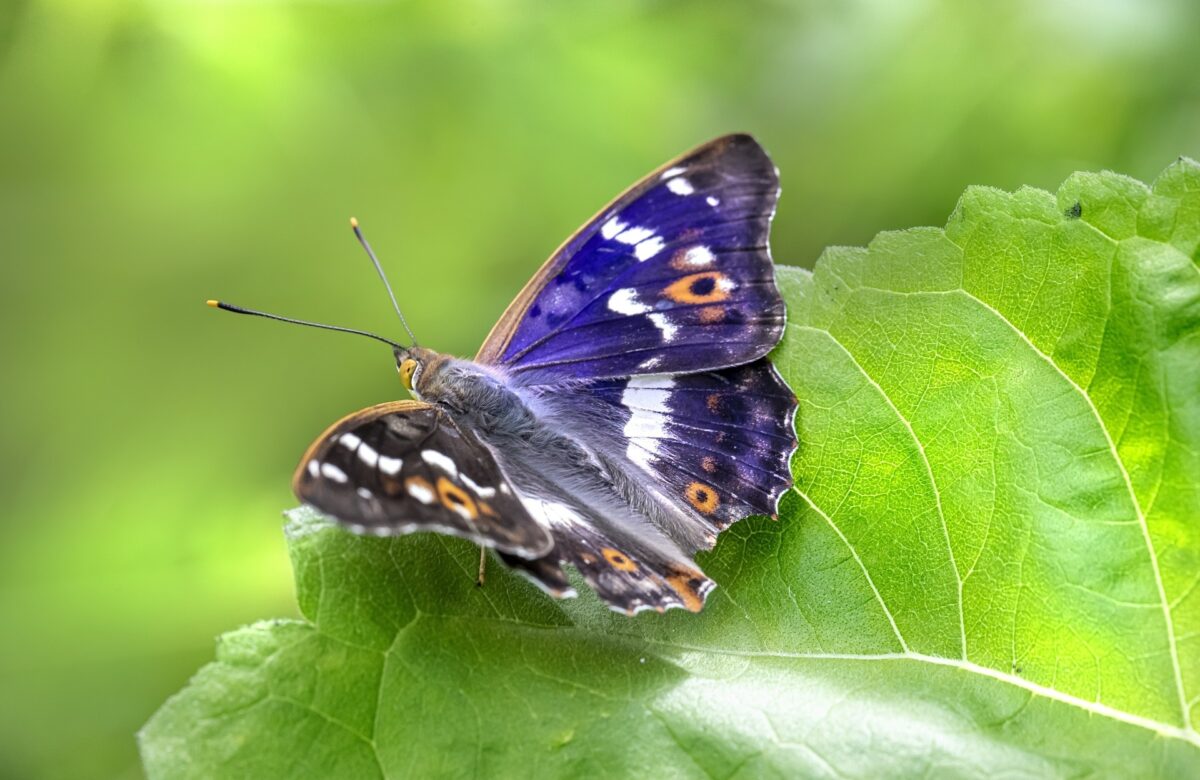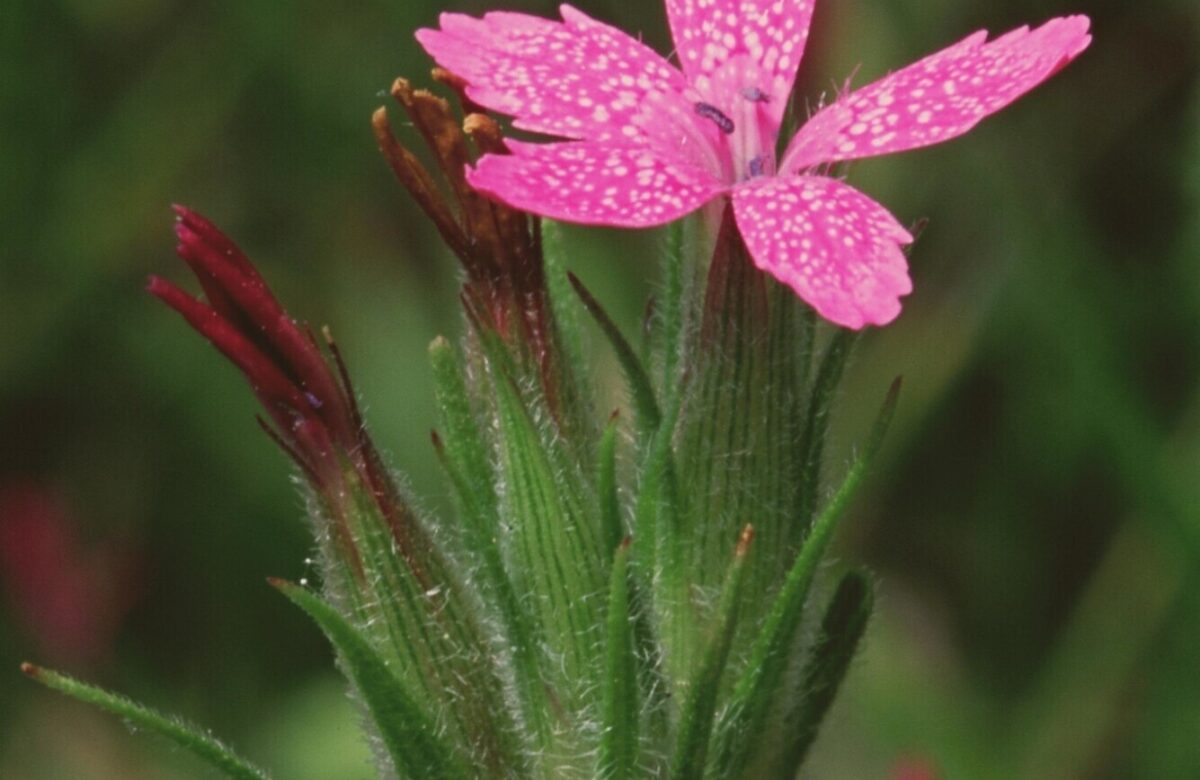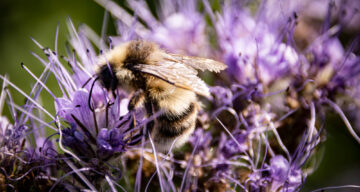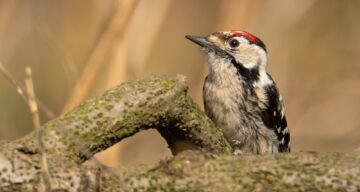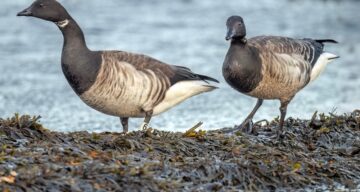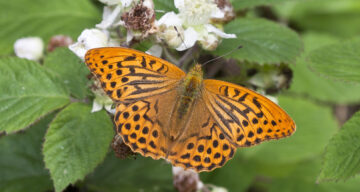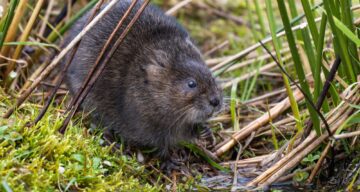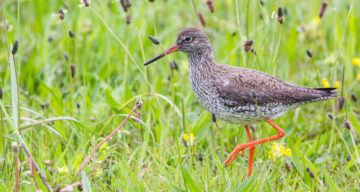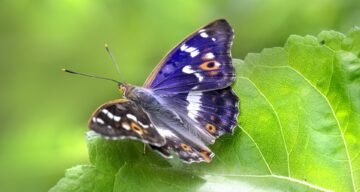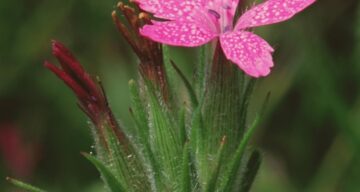Essex Country Parks: Restoring Landscapes and Habitats for the Future
An ambitious programme of landscape restoration is taking place at the Essex Country Parks to boost biodiversity and strengthen habitats for rare, declining and protected species for the future.
Posted on 21st July 2025
Did you know that the Essex County Council manage eight country parks, which cover 1,000 hectares of land in the county?
We are lucky to have such luscious large green spaces in Essex, and we're sure you would agree it's really important that the parks are managed well for the benefit of residents, visitors and the wildlife within.
The Essex Country Parks team are responsible for managing a rich mix of landscape, from coastal salt and grazing marsh to ancient woodlands, grasslands and everything in-between.
Many of these landscapes have a vibrant history dating back to medieval deer parks and great Tudor mansions.
The parks are home to a variety of rare and protected plants, birds, insects and mammals, including lesser spotted woodpeckers and purple hairstreak butterflies.
They are significant from a local, national and international point of view and contain Sites of Special Scientific Interest (SSSI), Special Protection Areas and Ramsar sites.
Landscape restoration one year on
In July 2024 we launched our exciting landscape restoration and habitat creation works at Hadleigh, Thorndon and Weald supported by the government's Countryside Stewardship scheme and funding from Thames Lower Crossing.
Work took place through Autumn 2024 and into Spring and Summer 2025, overseen by ecologists from Essex Country Council’s Place Services and approved by Natural England.
Discover more about what we've achieved so far one year on.
Read more about the specific projects taking place at:
At Great Notley the Wildflower Meadows are part of a special wildlife project part supported by the government’s Countryside Stewardship scheme. Depending on the month you’ll be able to spot ox-eye daises, common poppy, scabious, saxifrage, cowslips, cornflowers, lady’s bed straw and pyramid orchids in these areas of the site.
At Danbury a variety of projects have been taking place. New leaky damns have been successful in slowing the water flow through the park.
We've already seen frogs and dragonfly nymphs taking full advantage of these tiny wet habitats. These pools also encourage insects to thrive and this in turn benefits bats and birds.
Danbury are delighted to be home to the barbastelle bat, a target species for the Essex Bat Group and their grassland management programme is really benefiting small mammals such as yellow necked mice, moles and short tailed voles.
New parks begin works Summer and Autumn 2025
The second phase of works will see new country parks begin projects that support declining rare and protected species of flora and fauna.
At Belhus Woods the team are restoring wood pasture and grazing areas of grassland to boost diversity of beetles, fungi and attract shrill carder bees.
At Cudmore Grove they are installing fencing to protect overwintering birds, waders and water voles on the grazing marsh and borrow dyke.
At Marsh Farm they are newly grazing the wildflower meadow with their heritage sheep breed to boost wildflowers and pollinators, and protecting the grazing marsh where the sheep keep the grass at just the right height for migratory brent geese.
Read more about what we're hoping to achieve and how at:
Discover more about the different types of landscape restoration being undertaken across the parks
Andrew Hartley, Land Management Adviser for Natural England, said:
“It’s been fantastic working with ECC to develop the Countryside Stewardship scheme which will deliver some impressive environmental gains across the Country Parks supporting wildlife, protecting the historic environment and enhancing the landscape.”
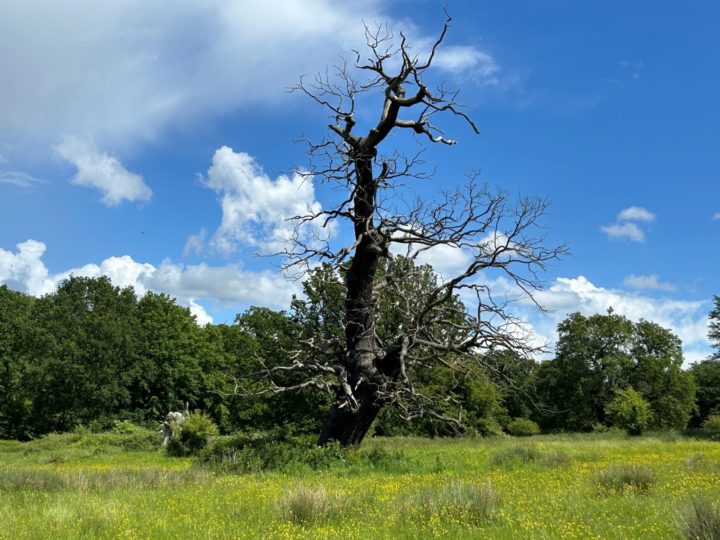
Rich grassland
We will use a combination of machinery and heritage animals to manage, enhance and restore 150 hectares of grasslands.
Valuable grassland benefits rare and locally declining plants and important insects and pollinators, including the rare shrill and brown-banded carder bees currently found at Hadleigh and many types of butterfly.
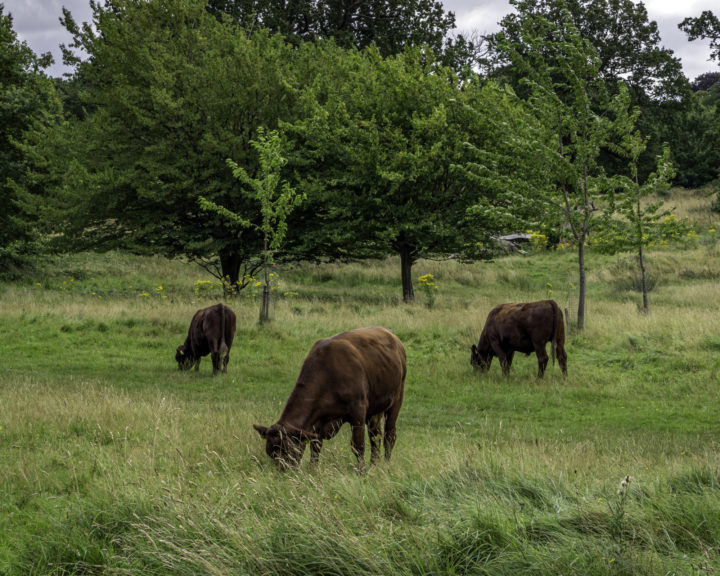
Grazing marsh
We will be managing 179 hectares of grazing marsh to improve conditions for overwintering waders and brent geese.
We will be installing fencing at Marsh Farm to protect the brent geese and at Cudmore Grove to support the breeding success of birds such as lapwings and redshanks.
Salt marsh
We will improve 19 acres of saltmarsh and shingle which will support ground nesting birds such as the ringed plover to breed successfully, which is getting harder each year with coastal erosion.
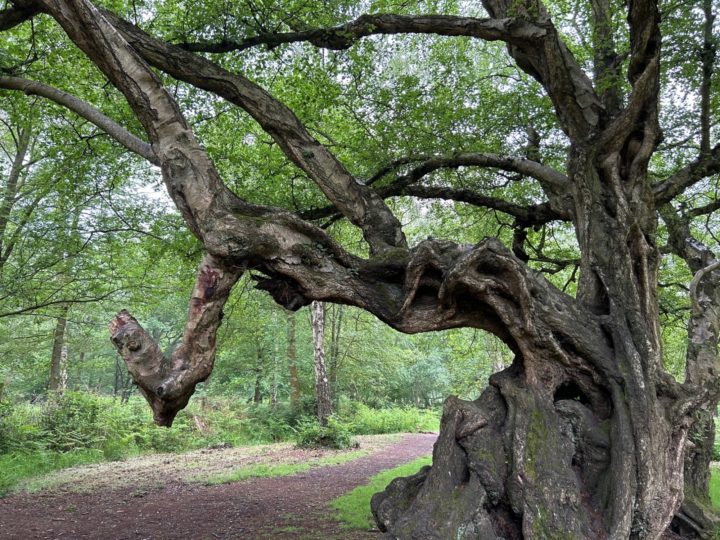
Wood pasture
We will restore and manage 306 hectares of wood pasture at the Essex Country Parks by reducing the tree canopy cover and increasing the open areas, and managing the veteran trees.
Did you have know we have 500 veteran trees across the eight parks, with Thorndon and Weald being in the top twenty sites for saproxylic beetles in England.
Wonderful woodlands
We will improve the health of 351 hectares of woodland, removing some trees, mainly invasive and plantation, to create a more varied structure for the future.
We'll open up some areas up to let light in, which will benefit a variety of plants and insects, birds and mammals.
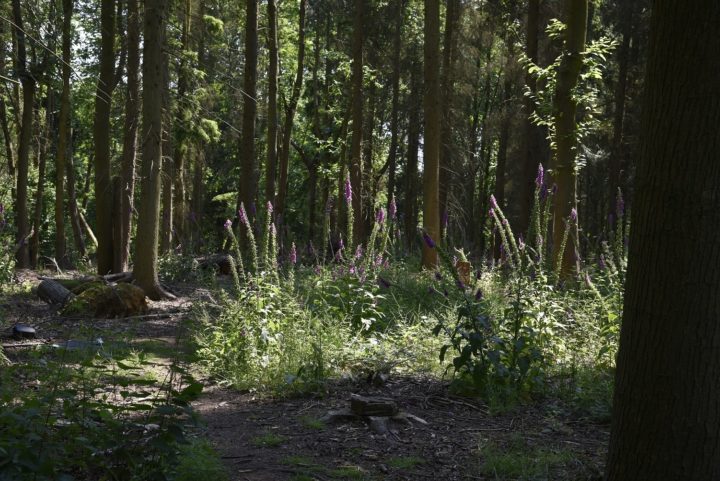
The Essex Country Parks team are committed to providing high quality green spaces to benefit both wildlife and people for the future.
Read more about the Landscape Restoration and Habitat Creation taking place at:
Some of the target species across the parks include:
- Shrill carder bee
- Lesser spotted woodpecker
- Brent geese
- Silver washed fritillary
- Water vole
- Redshank
- Purple emperor
- Deptford pink
Positive impact for the future
"Restoring nature is our primary defence.
Natural ecosystems suck up 60% of our carbon emissions, and nature-based solutions, like planting trees, nurturing soils, and restoring ecosystems, can provide over a third of the climate solutions needed until 2030 with huge benefits for biodiversity."
Read more on CPRE The Countryside Charity.
"Woodland scale nature recovery isn’t just about planting trees.
It’s about caring properly for the woods we already have: balancing groves of denser trees with more open areas; encouraging natural regeneration; creating glades for flower-rich grasslands and ponds; leaving deadwood to be used by wildlife. It’s about boosting the health of the very soil the trees grow from."
Read more on The Woodland Trust.
Grassland gains
"UK grasslands store two billion tonnes of carbon in their soils, but this is vulnerable to disturbance. Between 1990-2006, conversion from grassland to arable production (such as ploughing to grow crops) released 14 million tonnes of CO2. Species-rich grasslands are huge carbon stores and when managed carefully they lock in carbon and boost biodiversity.
Grasslands have a huge potential for locking up carbon, not only due to the plants we can see on the surface, but also due to the relationships between the plants, fungi, bacteria and many other species which help enrich the soil with carbon."
Read more on The Wildlife Trusts about the importance of good grassland in the UK and their importance for Carbon Capture.
Tagged with
Related blogs
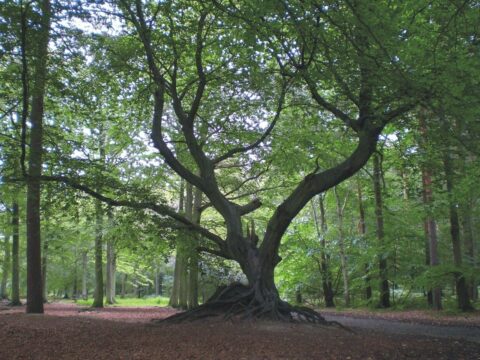
Celebrate 4 tremendous trees at Essex Country Parks
This National Tree Week we are celebrating some of the significant and stunning trees at the Essex Country Parks.
Posted on 18th November 2025
Read article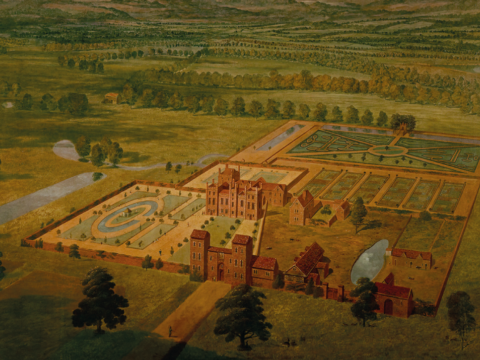
Discover 8 fascinating facts about our country parks and places for Essex Day
We’re celebrating some of the significant points of interest at our Essex Country Parks and places this Essex Day 2025.
Posted on 20th October 2025
Read article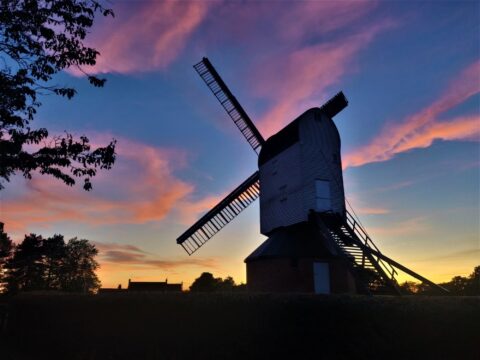
Heritage Open Days: Discover five fascinating Essex mills
We are celebrating our five Essex based mills and their history and heritage. Read on to find out more.
Posted on 15th August 2025
Read article